Solar installers have many different options when it comes to batteries, but they aren’t one-size-fits-all. Contractors must be careful not to under- or over-size an energy storage system.
According to Stacey Delzeit, Trojan Battery Co.’s senior applications engineer, if the solar battery bank is undersized, its lifespan will be reduced because the daily depth of discharge will be deeper than necessary. If undersized, the battery bank also may not be able to supply enough energy to support the load.
“We recommend limiting DOD (depth of discharge) to 50%, but the lower the DOD, the better the battery life,” Delzeit said.
On the other hand, if the battery bank is oversized, the PV panels may not be able to fully recharge the batteries.
“Depending on how the backup charge source (generator if available) is set up, a large battery bank can be deeply discharged after a few days of cloudy conditions,” Delzeit said.
If the batteries are deeply discharged, the PV panels will have a large deficit to replenish and may not be able to catch up. An oversized solar battery could also lead to chronic undercharging and poor performance and lifespan.
Some battery manufacturers provide online battery calculators to make the process easier. Here are the three most user-friendly manufacturer tools Solar Power World found:
- U.S. Battery
Search tool allows you to specify exactly what elements of a home should be powered by the battery.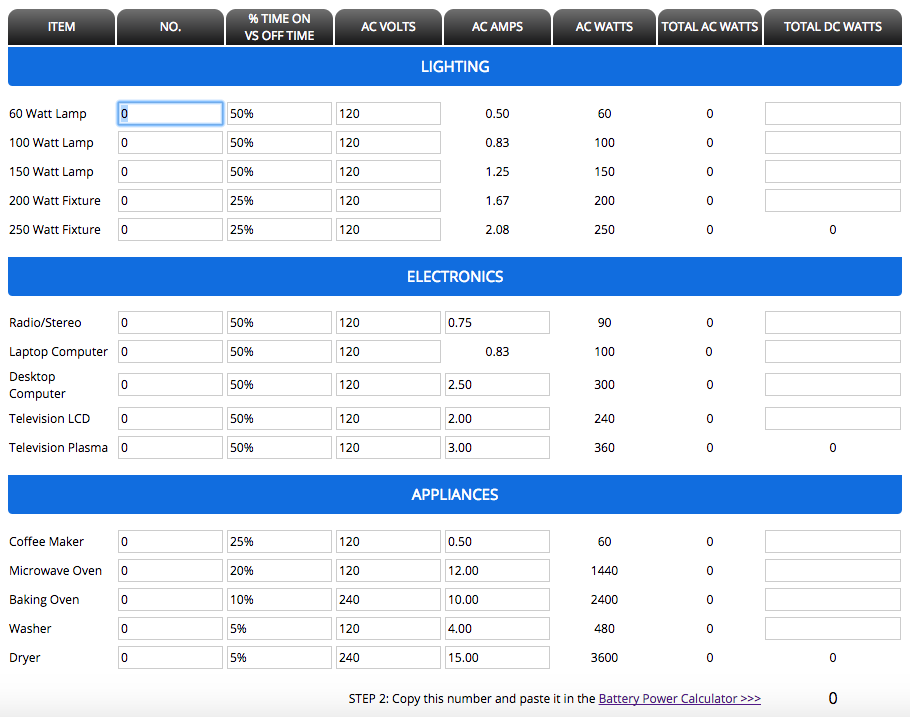
- Trojan Battery Co.
Users can enter detailed system design parameters like voltage, type of PV system and battery depth of discharge.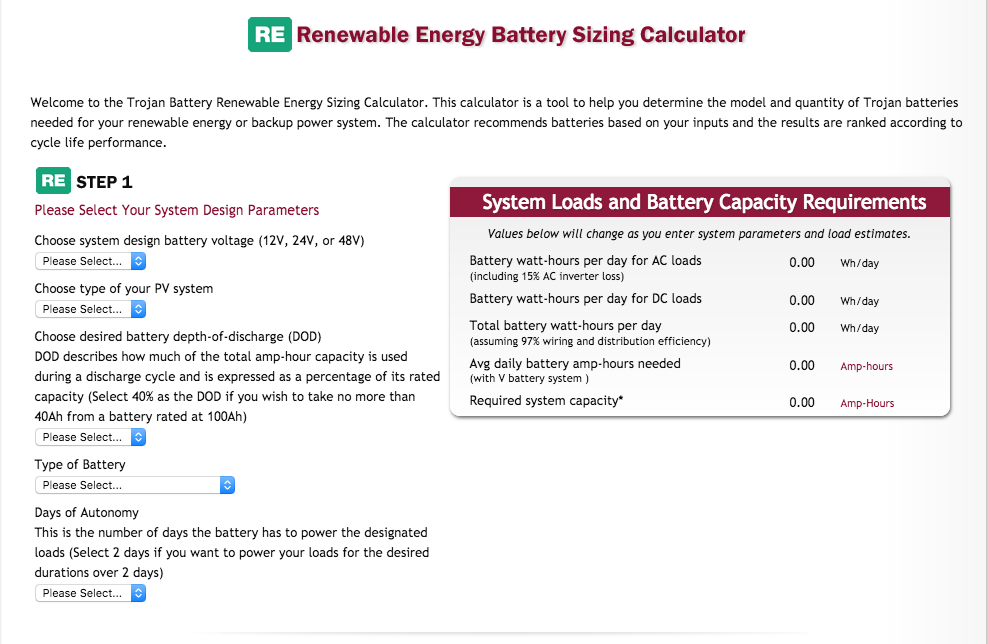
- Saft Batteries
Has a “market” section where users can specify markets like medical, defense or space, then are matched with Saft’s battery recommendations for the best fit.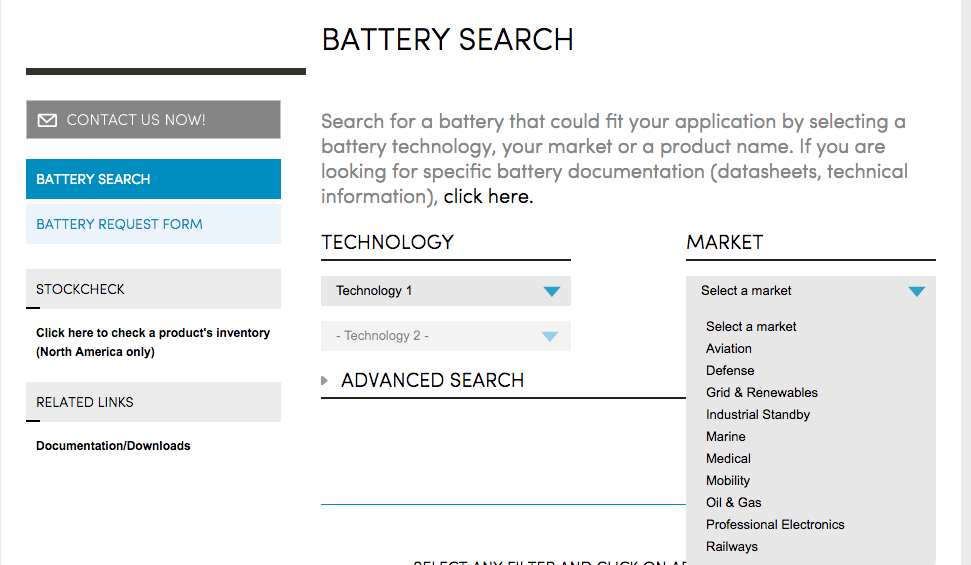
Most battery manufacturers will help installers size battery banks–whether online, on the phone or in person. Some just make it easier than others.


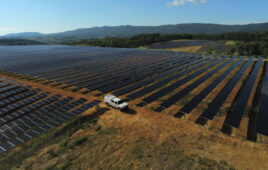
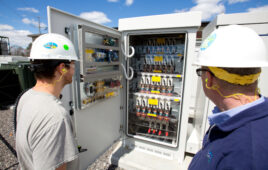
Now I understand why my dad had to constantly change battery in the solar power we use at home and in the shop.
Most solar installers don’t really know about this, and it’s has turned to be a challenge to consumers.
Am gonna let my dad know about battery sizing .
Thank you so much for the information Kelsey.
Your article is very informative. Thank you.
I’m looking for a situation where I want daytime power only from the solar panels
I’ll use a generator or do without at night.
How do I figure the minimal battery set up, where the circuit goes off at sundown (or before if its cloudy, etc). I’m really just using the battery to level out load/production during the day.
Trying to reduce cost and really don’t need power after dark in this situation. I do realize it would depend on load.
minimum that would work
(15 amps at 220 V) OR (25 amps at 110 V) NOT both.
The deluxe version would run
( 30 amps at 220 V ) OR ( 15 amps at 220 V and 20 amps at 110 )
during the time with adequate light only.
Do you have any suggestions?
This is really excellent stuff. I am wondering if local Solar PV system suppliers are calculating the battery parameters in the right manner, or using this cookie cutter solution approach.